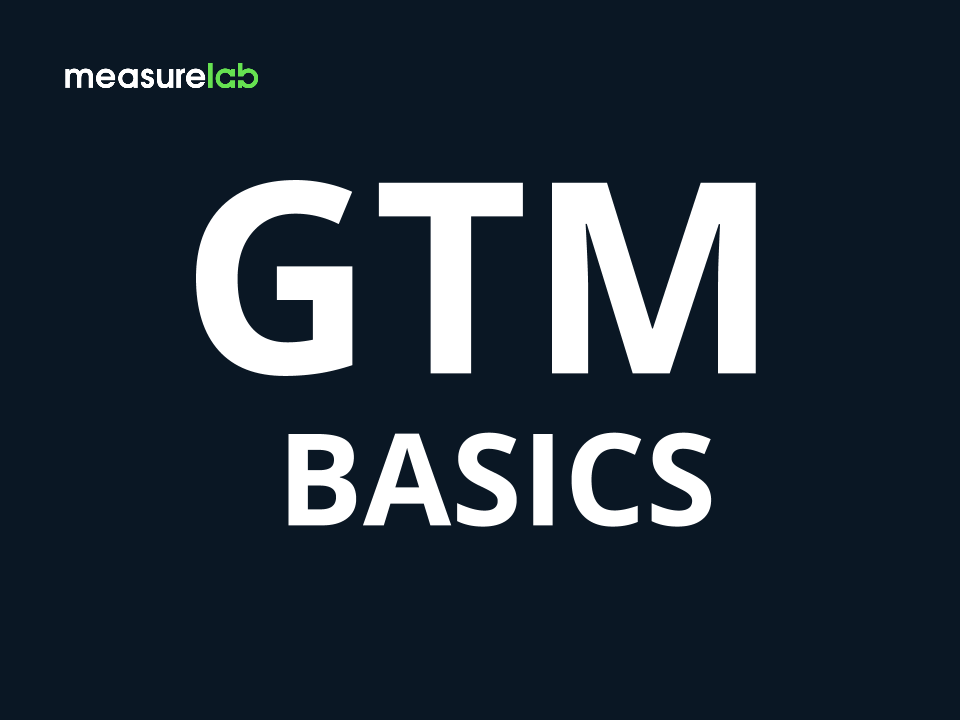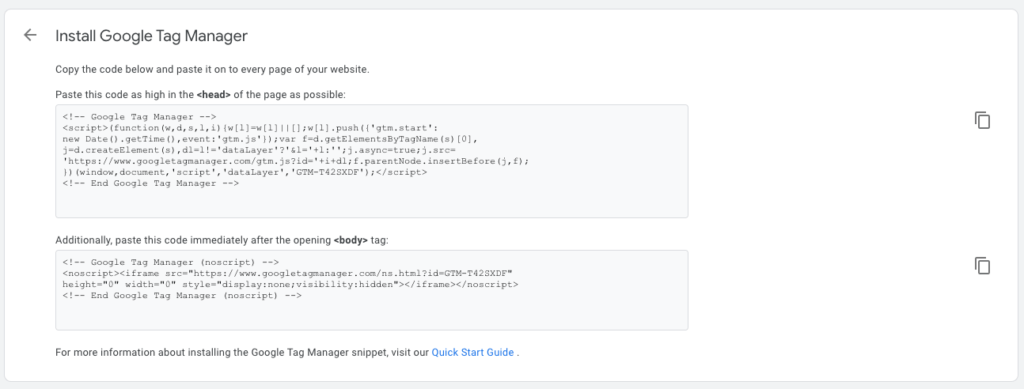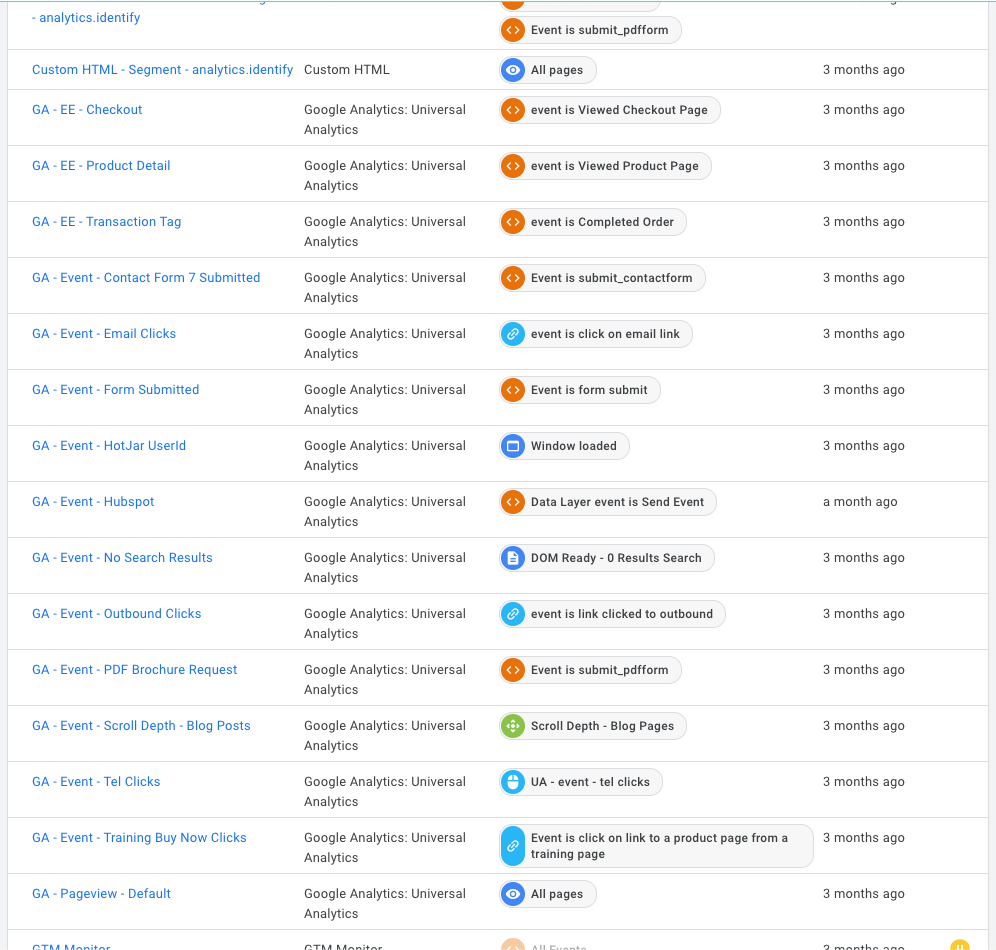Google Tag Manager Basics #1 – What Is A Tag Manager?

This is the first of a new series dedicated to introducing the uninitiated to the wonders and delights of Google Tag Manager. Before we start thinking too closely about GTM itself, though, we’ll pull back a bit and ask:
What is a tag manager?
A tag manager is a service that allows you to remotely insert and manage small pieces of code, or “tags”, onto a site by means of a Javascript snippet placed across the whole site.

There are a number of different tag managers out there—Tealium, Ensighten, Adobe Launch—but we’ll be focusing on GTM because… well, that’s the premise of the series, but also because it’s popular and, more importantly, free, which is not something you can say about a lot of the alternatives.

It means that you can insert Google Analytics event tracking, Adwords conversion tracking, or really anything you want without having to add inline code directly to the site. It allows you to deploy said code in a consistent, logical rules-based fashion—no more errant third-party code placed on pages and forgotten.
It also means you don’t have to wait on developers and the vagaries of release cycles and sprints. Properly used, it should enable better relationships between developers and e.g. digital marketing—rather than constantly making small requests of the developers, you’ll only need to ask when you really need something non-routine. A degree of freedom ought to grease the gears.
That’s a brief top-level overview–next time we’ll take a closer look at GTM itself! If you have any questions, please get in touch 🙂
Subscribe to our newsletter:
Further reading

Google Tag Manager Basics #3: Your First Tag

Google Tag Manager Basics #2: A Closer Look At GTM
